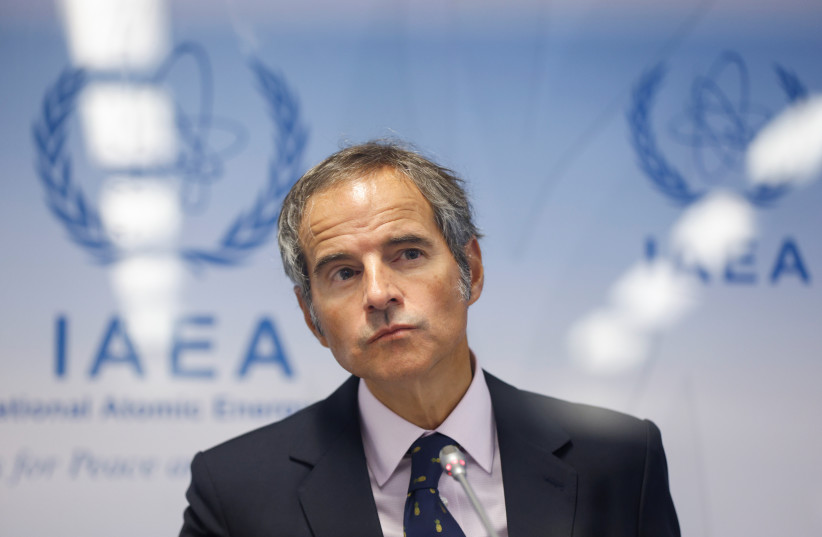Over the weekend, the US seemed to make stunning news, giving Iran a sanctions waiver even though Iran is still refusing, so far, to return to the 2015 JCPOA nuclear deal’s limits.
Israel and critics of the JCPOA immediately took this as a bad sign of the emergence of a weaker deal. But how bad was it really?
First, it is a very clear sign that the US is trying to close a return to the deal by mid-February, when the IAEA issues its next report, or by March 7, when the IAEA Board of Governors meets. These are opportunities that only come up once every three months to exercise additional pressure on the Islamic Republic.
Put simply, Washington’s leverage to get the ayatollahs to return to the nuclear limits is the existing sanctions leverage. If the US starts to lift sanctions before Iran has given anything up, why should the Islamic Republic show any readiness to compromise?
This goes along with other recent signs, such as a split in the US negotiating team from which three members resigned because they believed the Biden administration’s approach to the negotiations was too flexible and lenient toward Tehran.

For one, leaks to The Wall Street Journal last week indicated that those resigning were unhappy with a return to the JCPOA, which would leave Iran closer to six months away from crossing the uranium enrichment threshold as opposed to the deal’s original 12-month goal.
Though this is all true, it is also deceptive.
The waiver from this weekend covered the conversion of Iran’s Arak heavy-water research reactor, which relates to its potential plutonium path to a nuclear weapon, delivering to it enriched uranium for its Tehran nuclear research reactor and facilitating the transfer of spent and scrap reactor fuel abroad.
None of these sanctions relief helps Iran’s economy one iota. They also do not advance their nuclear program at all. Rather, all of these items were part of the JCPOA itself and were actions that either kept or maintained Iran’s ability to have a civil nuclear program, while cutting it off from military options.
The truth is that the Trump administration’s decision in May 2020, only a few months before the November 2020 presidential election, to cancel these sanctions waivers was bizarre. It served no purpose other than to remove an exit ramp for Iran to return to the nuclear deal if it wanted to.
Essentially, it was an attempt to preemptively sabotage the Biden administration from being able to return to the JCPOA, given that Biden was leading Trump in the polls.
These items are all basically part of the machinery of how the JCPOA operates at a civil nuclear level completely within the nuclear limits.
For example, the provisions regarding the Arak reactor actually prevent Iran from advancing along a plutonium path to a bomb. Transferring spent and scrap reactor fuel abroad prevents Iran from using it at home, and even transferring a tiny amount of non-weaponized enriched uranium keeps Iran under the 300-kilogram and 3.67% enrichment-level limits of the deal.
Tactically, this is the Biden administration trying to show it is eager to facilitate the machinery of the JCPOA. It can box Tehran into needing to show good faith on its part or risk being blamed for the failed negotiations.
Of course, this is not the result that the Israeli government wants (though a rising number of voices in the Israeli defense establishment want a deal, if only to slow and freeze Iran’s march to the 90%-uranium weaponization level).
It does signal Washington’s desperation for a deal. All other signs are that the new deal will be weaker than the JCPOA had been.
But of all of the recent signs pointing in this direction, this sanctions waiver was actually the least significant and the smallest concrete negative change from an Israeli government perspective.
Signs of an imminent full or partial deal would involve sanctions waivers to countries such as China, India, Greece, Italy, Taiwan, Japan, Turkey and South Korea.
These were eight countries to which even the Trump administration granted exemptions from sanctions between May 2018 and May 2019.
This still has not happened.
But it could be tomorrow’s news very soon.
